I have a secret to share.
If you’ve been telling yourself that you can’t draw since you were seven it’s not true.
Join me, and I will show you that you can draw! You can draw beautifully. Maybe not like Rembrandt or Picasso, but you draw exactly like you and that is a wonderful thing.
Your eye and your line can bring you tremendous satisfaction, if you just get out of your own way and stop telling yourself you can’t.
We’ll experiment with ideas of observed sketch in line and watercolor that will give you access to satisfaction in the drawing process. Once you’ve learned to be more kind to yourself about your results, you’ll find that your natural abilities will develop. You’ll learn to coordinate what you see with what you put on the page. You will find that your powers of keen observation will enhance your art practice, no matter how representational or abstract you want to be.
While this workshop will include techniques to enhance your ability to see and draw, the focus is on discovering your innate strengths, and developing your level of satisfaction in the process.
A line is a dot that goes for a walk – …or so said Paul Klee…looking at simple compositions in still life, let’s observe the proportion and intersection of the various objects, and how they sit in a three dimensional world. Now let’s craft a line that follows the shapes to create an image of what we see.
Introducing point of view – when the Renaissance reintroduced perspective to the art world, the viewer was invited to experience the artist’s point of view. From Michelangelo to Warhol, from the Pieta to Marilyn Monroe we’ve been entranced by this idea. Now let’s develop our own point of view and see how it in turn affects our images.
Portrait Roulette – there is nothing more daunting, nor more satisfying than drawing a person through observation. Play Portrait Roulette and you’ll have an opportunity to observe the complexities of human expression and see how to simplify these complexities into a coherent likeness. We’ll explore what is important and what is not. Instead of an academic exercise in proportion and form, we’ll use observation to see where our hand can lead us.
The Color Green – green is the most common color in the natural world (thank god for chlorophyll). But trying to capture the nuances of a green world it is easy to get bogged down in a boring mix of blue and yellow. Let’s practice a method of observed, relational color, and see what we can express with a very limited palette of paints. Together we’ll discover that while Blue and Yellow make Green, bringing Red into the mix opens up a world of possibilities.
This series is designed for every person who has a desire to draw, but has found traditional teaching techniques to be intimidating, confusing, or boring. Let’s have fun together, and discover that I can’t draw, and you can too!
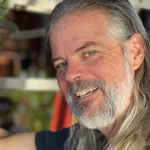 Tom Birmingham is an artist, photographer, and teacher who has lived and worked in Big Sur, California for over 30 years. He has recently located to a home near the Long Island Sound in Connecticut. As a founding director of the Big Sur Arts Initiative, Tom has provided instruction and enrichment in the creative arts in a variety of mediums. For ten years he taught art in the summer children’s theater program, StageKids. He has taught photography and drawing at Rancho La Puerta in Tecate, Mexico, and for years he and his wife, Erin Lee Gafill taught painting and sketch on their annual retreats to Italy.
Tom Birmingham is an artist, photographer, and teacher who has lived and worked in Big Sur, California for over 30 years. He has recently located to a home near the Long Island Sound in Connecticut. As a founding director of the Big Sur Arts Initiative, Tom has provided instruction and enrichment in the creative arts in a variety of mediums. For ten years he taught art in the summer children’s theater program, StageKids. He has taught photography and drawing at Rancho La Puerta in Tecate, Mexico, and for years he and his wife, Erin Lee Gafill taught painting and sketch on their annual retreats to Italy.
Tom was the director of the Big Sur JazzFest, founding member of Big Sur’s Hidden Garden’s Tour, and currently manages Studio One – Big Sur.
More recently, Tom is the founder of 26Letter Press, a small publishing company dedicated to printed materials celebrating and inspiring creative expression.
In the summer of 2020, Tom designed the museum exhibition and accompanying book, Color Duets – Kaffe Fassett | Erin Lee Gafill, which was the headlining show for five months at the Monterey Museum of Art.
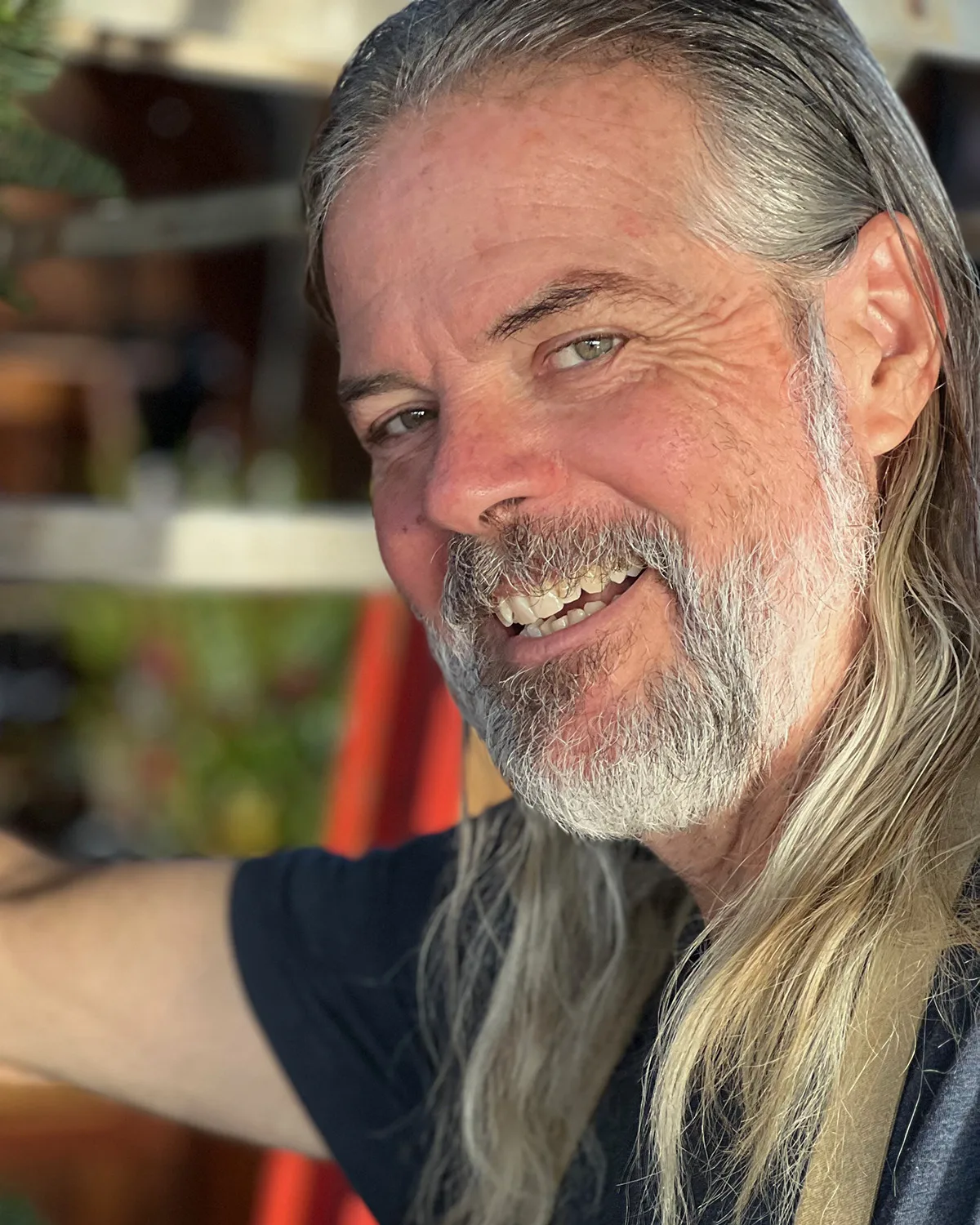

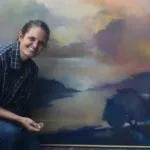 An award-winning painter and author, Erin Gafill has inspired people around the world with her inspirational art, heartfelt stories, and uniquely engaging teaching methods. Her work bridges art, craft, and community, weaving observation, intuition, and imagination into her painting, writing, teaching, and public speaking. A fifth-generation California artist, she was born in Big Sur, California in 1963, the daughter of a beatnik and a flower child. She is the great-great-granddaughter of Carmel’s first artist-in-residence. Growing up at her grandparents’ legendary restaurant, Nepenthe, a mecca for poets, bohemians and dreamers, she drew inspiration from its ever-changing cast of characters as well as the stunning and mystical beauty of the coast.
An award-winning painter and author, Erin Gafill has inspired people around the world with her inspirational art, heartfelt stories, and uniquely engaging teaching methods. Her work bridges art, craft, and community, weaving observation, intuition, and imagination into her painting, writing, teaching, and public speaking. A fifth-generation California artist, she was born in Big Sur, California in 1963, the daughter of a beatnik and a flower child. She is the great-great-granddaughter of Carmel’s first artist-in-residence. Growing up at her grandparents’ legendary restaurant, Nepenthe, a mecca for poets, bohemians and dreamers, she drew inspiration from its ever-changing cast of characters as well as the stunning and mystical beauty of the coast.

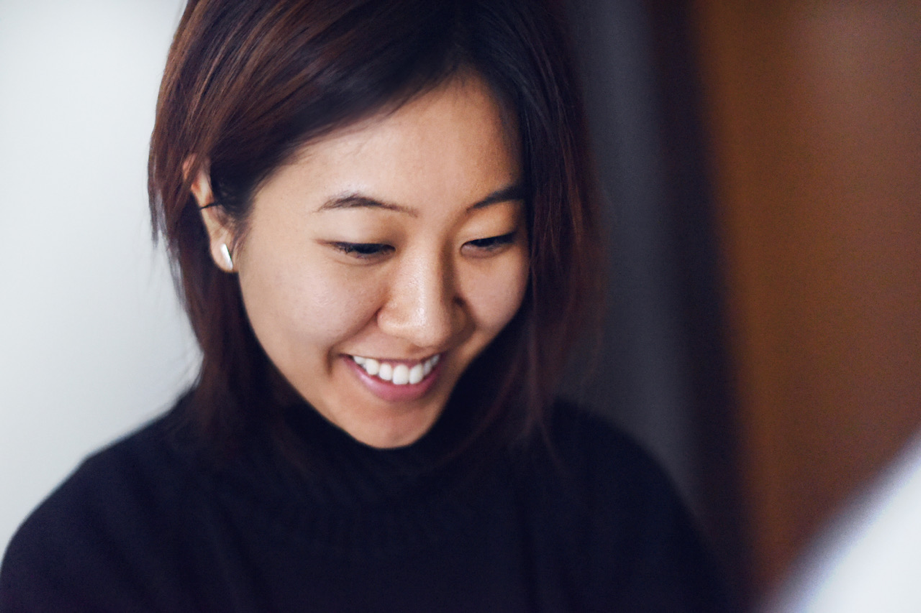
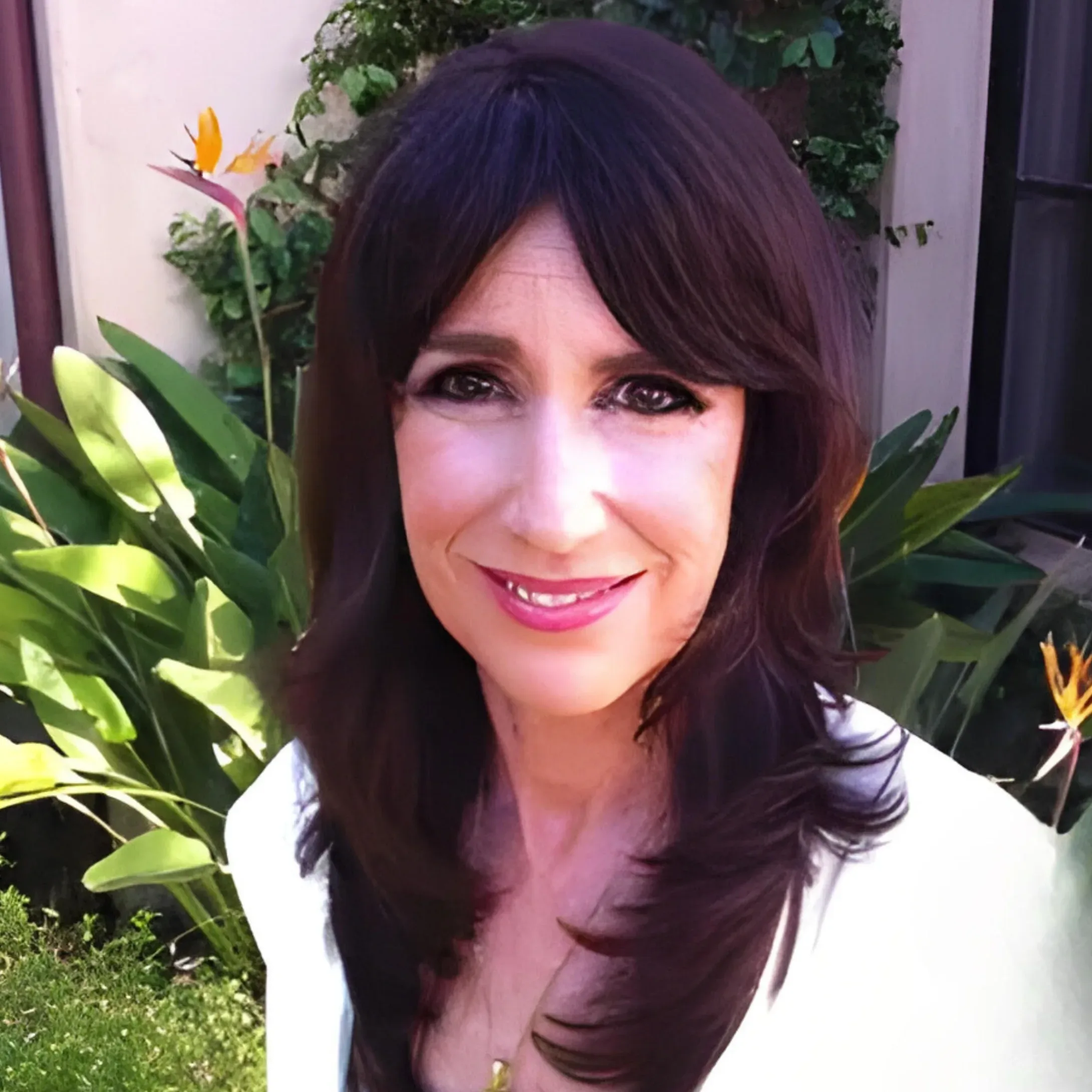
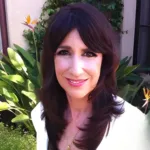 Nancy Cetel, MD, is an engaging and passionate physician, author and professional speaker. Following her graduation from the New York University School of Medicine, she obtained her postgraduate training in Reproductive Endocrinology at the University of California, San Diego, and Obstetrics and Gynecology at the University of Southern California. Her pioneering research in hormonal issues led to numerous publications and awards. Dr. Cetel is often referenced in books and journals, and is a frequently invited lecturer nationally and internationally. Live appearances and interviews have brought her acclaim as an accomplished communicator and advocate for an informed public. She is the author of Double Menopause: What to Do When Both You and Your Mate Go through Hormonal Changes Together. Her passions include her family, vegetarian cooking, dancing, and the joys of being a grandparent.
Nancy Cetel, MD, is an engaging and passionate physician, author and professional speaker. Following her graduation from the New York University School of Medicine, she obtained her postgraduate training in Reproductive Endocrinology at the University of California, San Diego, and Obstetrics and Gynecology at the University of Southern California. Her pioneering research in hormonal issues led to numerous publications and awards. Dr. Cetel is often referenced in books and journals, and is a frequently invited lecturer nationally and internationally. Live appearances and interviews have brought her acclaim as an accomplished communicator and advocate for an informed public. She is the author of Double Menopause: What to Do When Both You and Your Mate Go through Hormonal Changes Together. Her passions include her family, vegetarian cooking, dancing, and the joys of being a grandparent.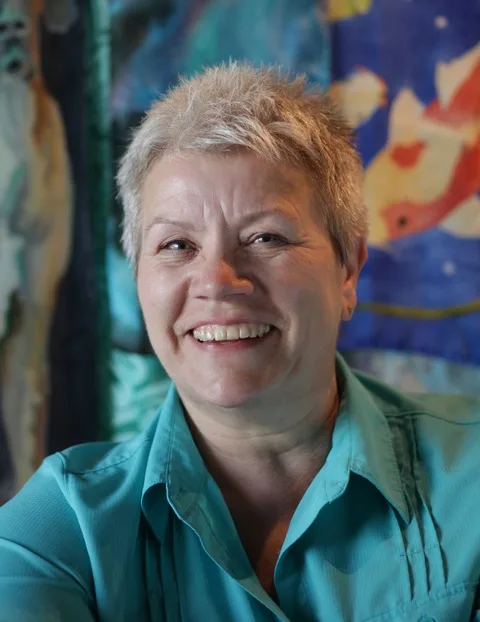
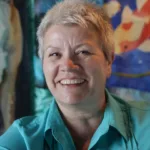

 A former National Aerobic Champion, star of the iconic Abs of Steel videos, and creator of the over 1-million selling Discover Tai Chi series, Scott Cole has lectured in over 30 countries and been a guest on LIVE with Regis and Kelly, The View, CNN, The Early Show, The Doctors, and more. He has trained Hollywood elite (Christian Bale, Barry Manilow, Stefanie Powers, Gena Lee Nolin), and was featured in The Wall Street Journal for his unique blending of the martial and healing arts. After 5 years of Clinical Pain Management, Scott is poised to help RLP guests improve balance, strength, mobility, and flexibility, AND reduce stress.
A former National Aerobic Champion, star of the iconic Abs of Steel videos, and creator of the over 1-million selling Discover Tai Chi series, Scott Cole has lectured in over 30 countries and been a guest on LIVE with Regis and Kelly, The View, CNN, The Early Show, The Doctors, and more. He has trained Hollywood elite (Christian Bale, Barry Manilow, Stefanie Powers, Gena Lee Nolin), and was featured in The Wall Street Journal for his unique blending of the martial and healing arts. After 5 years of Clinical Pain Management, Scott is poised to help RLP guests improve balance, strength, mobility, and flexibility, AND reduce stress.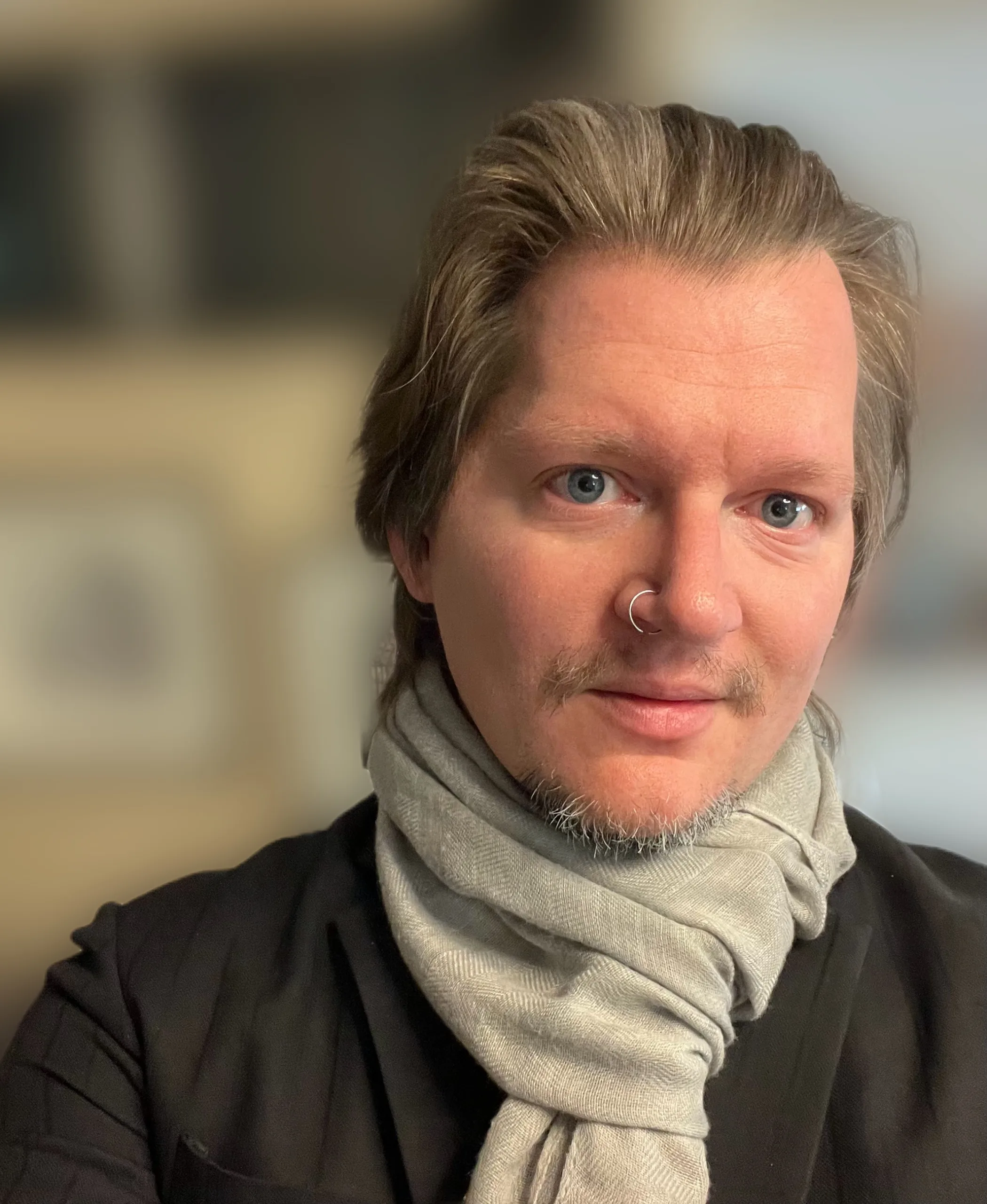
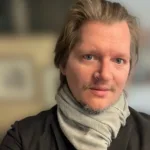 Lyricism, complexity, and dissonance characterize the musical interests of pianist Kyle Adam Blair. A contemporary music specialist, his major pianistic focuses include the performance of new works in collaboration with composers, and the performance of works from the American art music repertory of the twentieth and twenty-first centuries, particularly music of Elliott Carter, Aaron Copland, George Crumb, and Stuart Saunders Smith.
Lyricism, complexity, and dissonance characterize the musical interests of pianist Kyle Adam Blair. A contemporary music specialist, his major pianistic focuses include the performance of new works in collaboration with composers, and the performance of works from the American art music repertory of the twentieth and twenty-first centuries, particularly music of Elliott Carter, Aaron Copland, George Crumb, and Stuart Saunders Smith.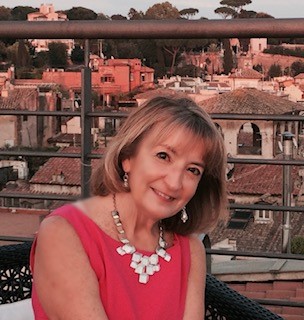
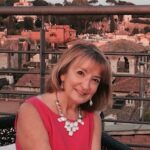 Shirley Buccieri is the creator of Shirleyfest: living one month every year in a different city in the world. She goes to her new city alone, rents an apartment and fully embraces the city as a local. Everyone who learns of the concept loves the idea, but most have no idea where to begin. Her acclaimed blog, shirleyfest.com, has been read in 91 countries and featured on various radio stations across the globe. Shirleyfest was born out of transitions in her life. Shirley is uniquely qualified to provide insights, tips, and enthusiasm to those interested in turning any transition into a transformation.
Shirley Buccieri is the creator of Shirleyfest: living one month every year in a different city in the world. She goes to her new city alone, rents an apartment and fully embraces the city as a local. Everyone who learns of the concept loves the idea, but most have no idea where to begin. Her acclaimed blog, shirleyfest.com, has been read in 91 countries and featured on various radio stations across the globe. Shirleyfest was born out of transitions in her life. Shirley is uniquely qualified to provide insights, tips, and enthusiasm to those interested in turning any transition into a transformation.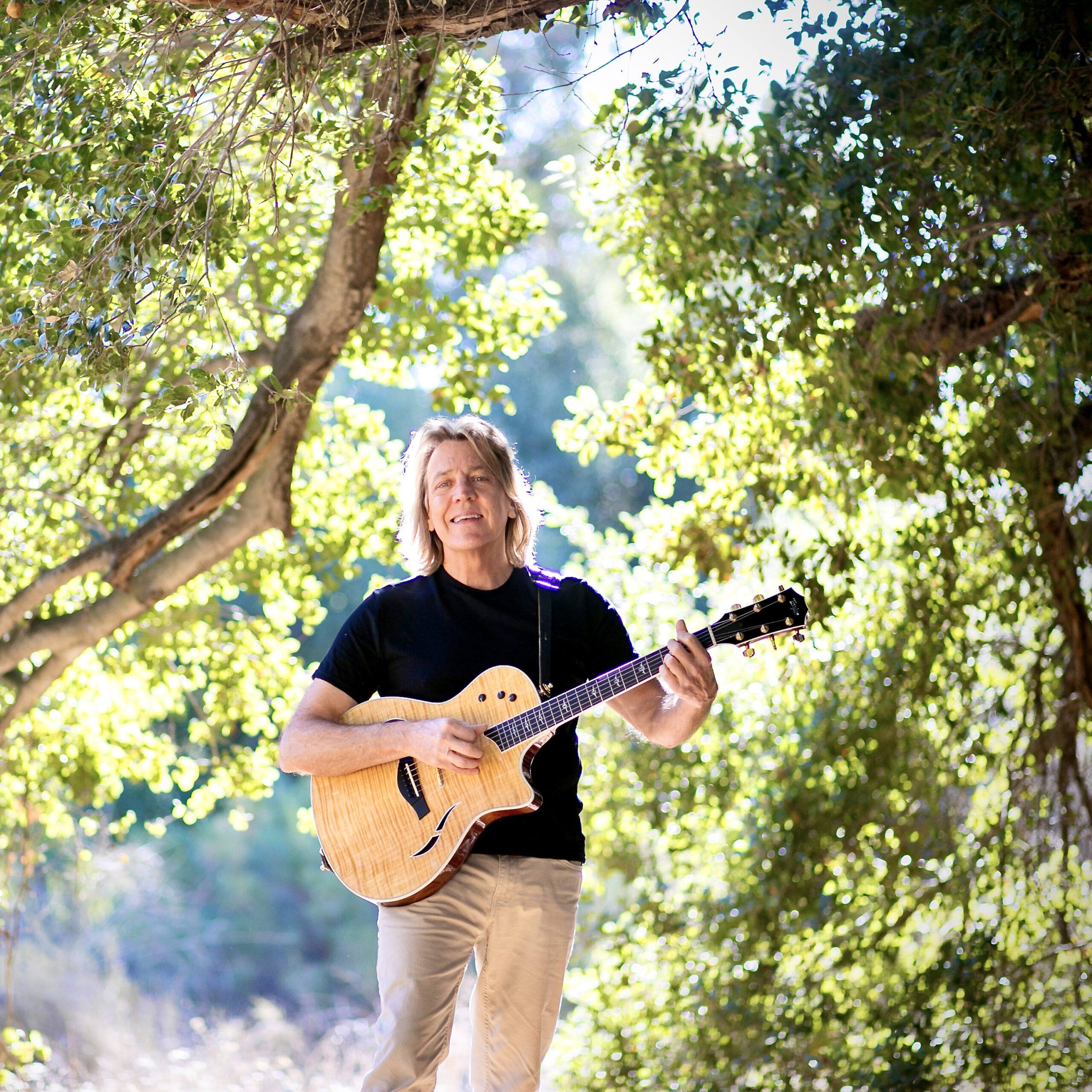
 Karl Anthony is an award-winning singer/songwriter and a proud member of NOAH (National Organization of Arts in Health), dedicated to advocating for the healing power of music in healthcare. For nearly twenty years, he has served as a healing-arts professional at the San Diego Rady Children’s Hospital, infusing his work and music with a message of hope for children and families. Leading drum circles in the Child and Adolescent Psychiatric Services (CAPS) at the hospital as a REMO Certified Health Rhythms Facilitator, Anthony promotes the scientifically researched benefits of community drumming as a tool for equalizing and building communities. Each year, Karl and his wife Noi lead travel service trips to Thailand, where they have a home and reside part of the year. These trips support musical instruments for local schools and orphanages. Karl has forged his own unique path in the music industry, earning multiple Gandhi/King Season for Non-Violence Peace Hero awards for his innovative art-focused wellness programs, music performances, and humanitarian efforts. Through his music, Karl Anthony opens doors to connect with people and shares his passion for the healing potential of music.
Karl Anthony is an award-winning singer/songwriter and a proud member of NOAH (National Organization of Arts in Health), dedicated to advocating for the healing power of music in healthcare. For nearly twenty years, he has served as a healing-arts professional at the San Diego Rady Children’s Hospital, infusing his work and music with a message of hope for children and families. Leading drum circles in the Child and Adolescent Psychiatric Services (CAPS) at the hospital as a REMO Certified Health Rhythms Facilitator, Anthony promotes the scientifically researched benefits of community drumming as a tool for equalizing and building communities. Each year, Karl and his wife Noi lead travel service trips to Thailand, where they have a home and reside part of the year. These trips support musical instruments for local schools and orphanages. Karl has forged his own unique path in the music industry, earning multiple Gandhi/King Season for Non-Violence Peace Hero awards for his innovative art-focused wellness programs, music performances, and humanitarian efforts. Through his music, Karl Anthony opens doors to connect with people and shares his passion for the healing potential of music.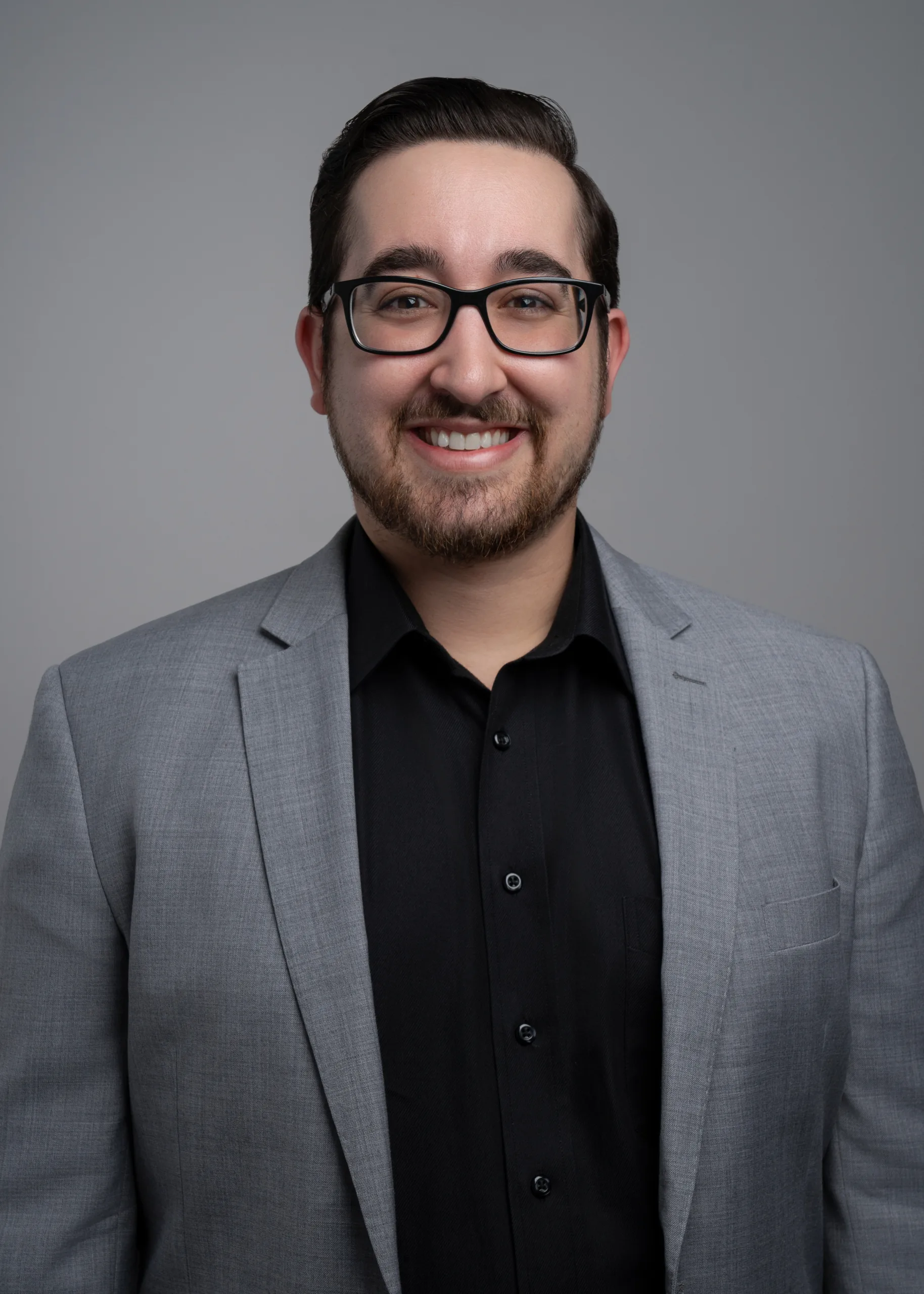

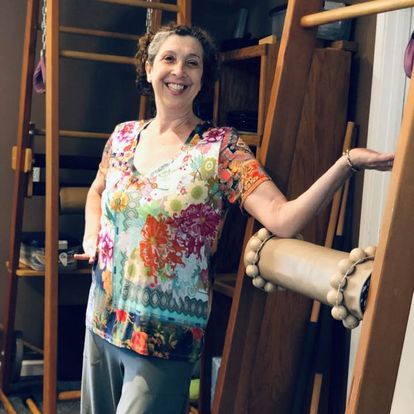

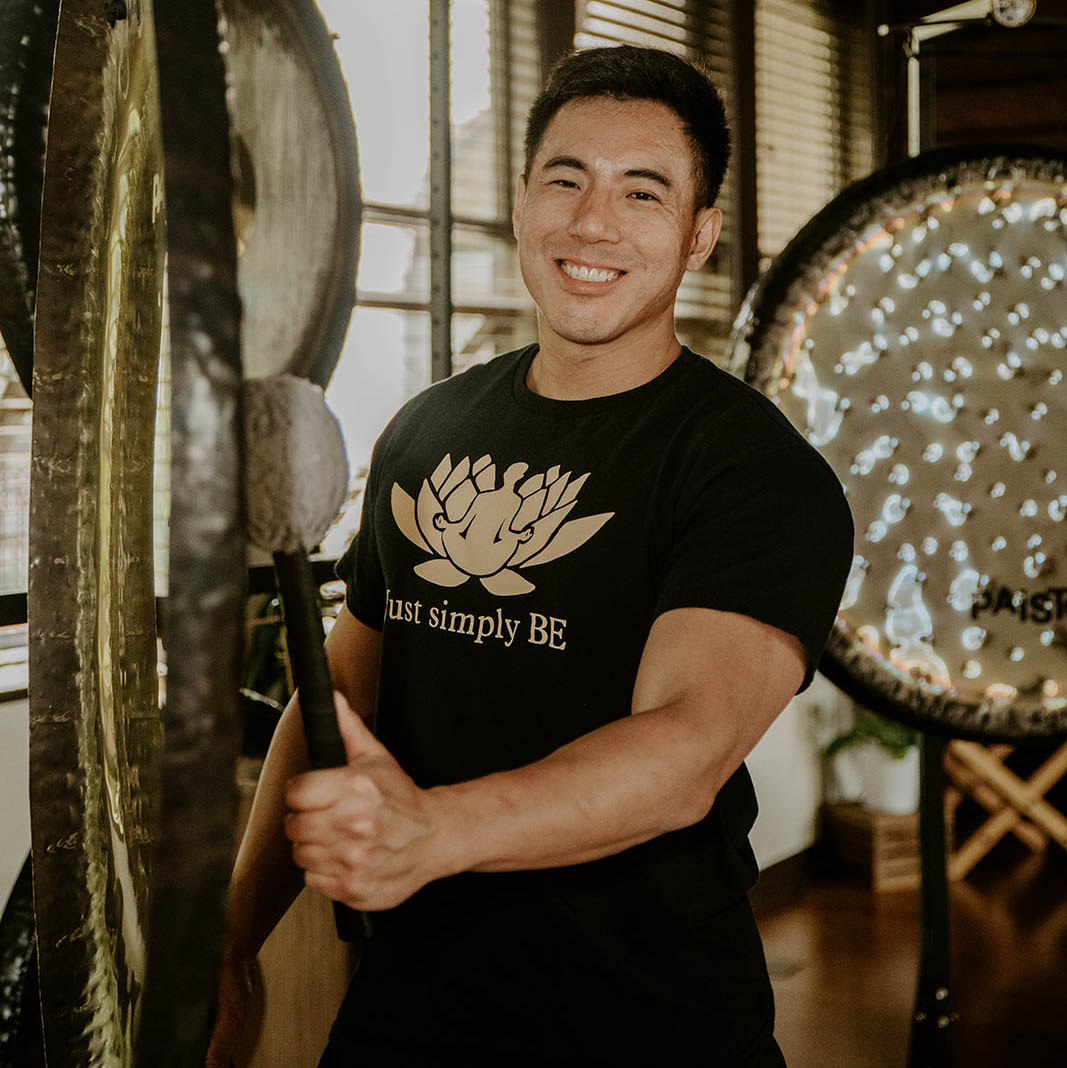
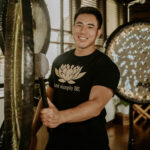
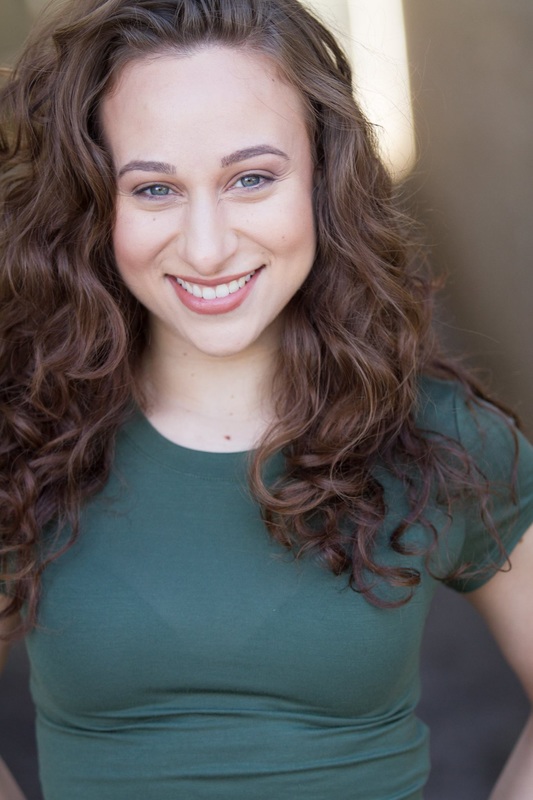

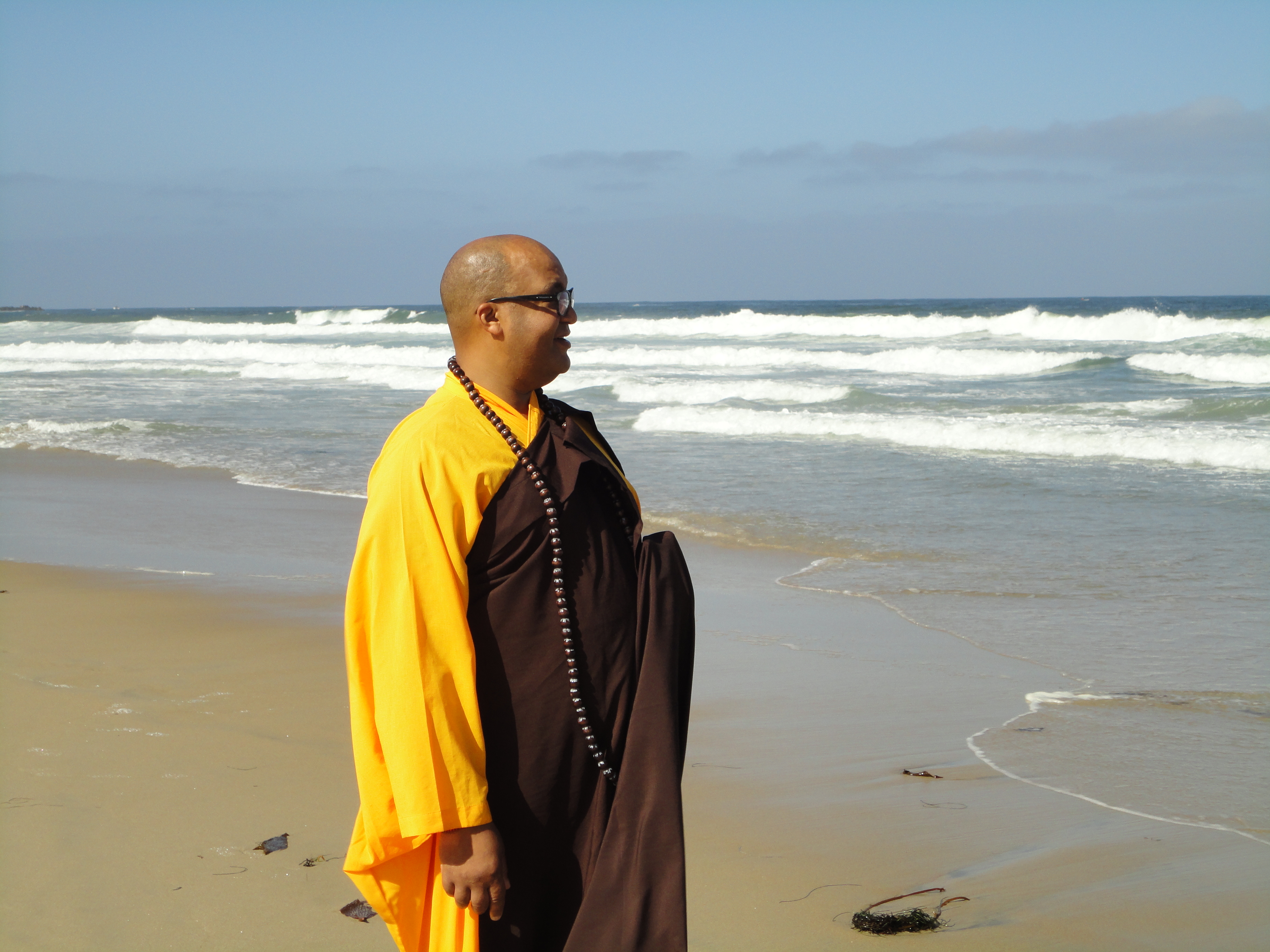


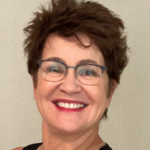

 Anjali Austin is a distinguished Specialized Master Trainer in GYROTONIC® and GYROKINESIS® methodology with over 35 years of experience in the system. Trained by Juliu Horvath and Hilary Cartwright, she taught in the New York City studios, and was among the first group of teachers certified as Master Trainers.
Anjali Austin is a distinguished Specialized Master Trainer in GYROTONIC® and GYROKINESIS® methodology with over 35 years of experience in the system. Trained by Juliu Horvath and Hilary Cartwright, she taught in the New York City studios, and was among the first group of teachers certified as Master Trainers.